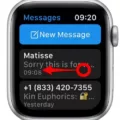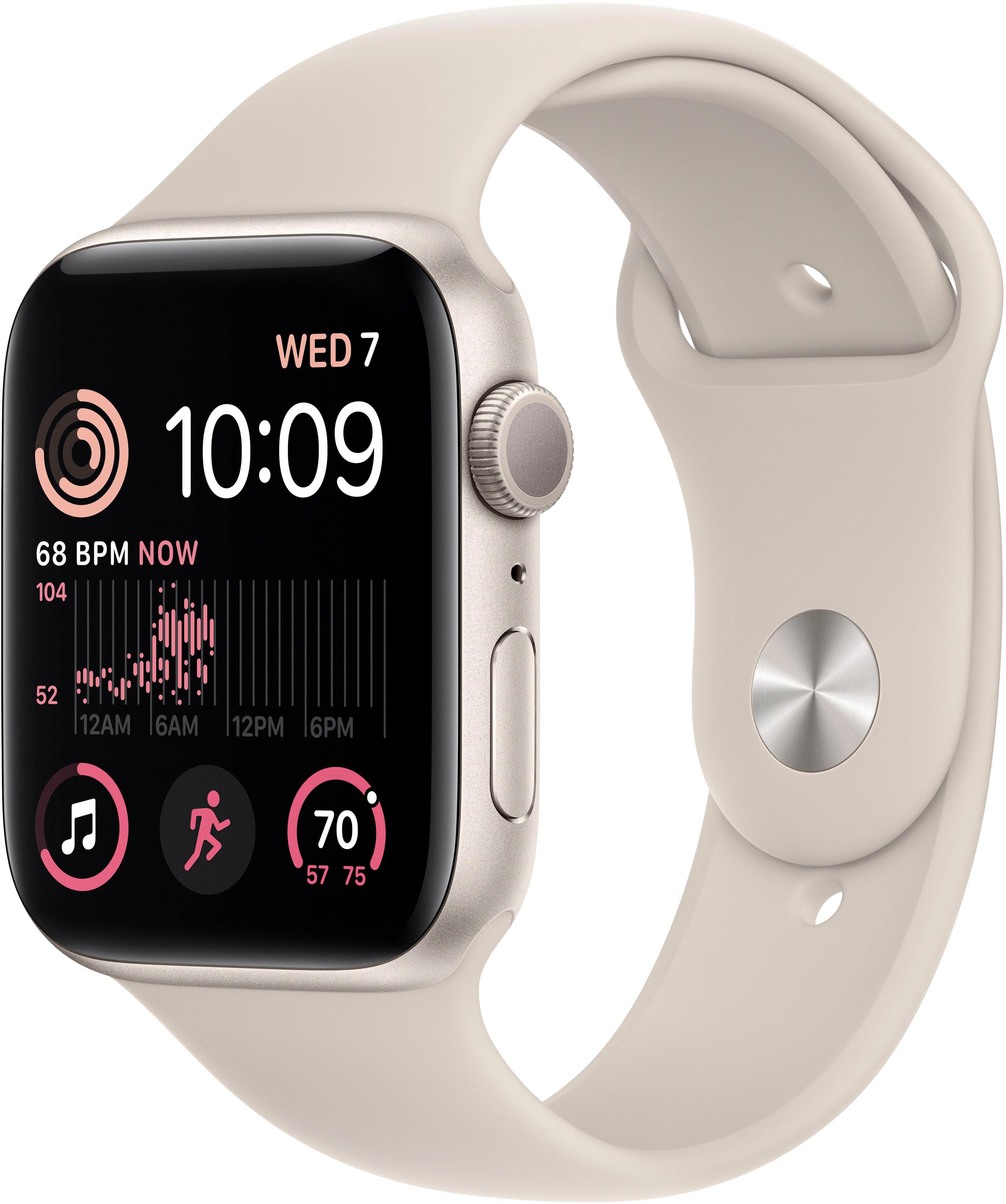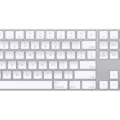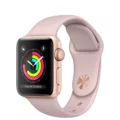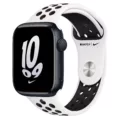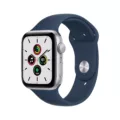If you’ve recently purchased an Apple Watch, you may have noticed that the dial can become sticky. This is a common issue for all Apple Watches, and it can be annoying when trying to use the device. Fortunately, there are some simple solutions to fix this problem and restore your watch to its original state.
One of the easiest ways to get rid of a sticky dial on your Apple Watch is to simply wipe it down with a non-abrasive, lint-free cloth. You can lightly dampen the cloth with fresh water if needed to remove oily or sticky substances. Be sure not to use any soap or other cleaning products as these could damage your watch’s components.
If wiping down the dial doesn’t seem to do the trick, you may need to take more drastic measures. One option is to hold your watch under a lightly running tap of warm water for 10 to 15 seconds. This should help dislodge any stubborn particles that are causing the stickiness on your dial. Again, make sure not to use any soaps or cleaning products as these could damage your watch’s components.
Finally, if all else fails you may want to try usng just a drop of water on the affected area of your watch’s dial. Run your finger under the tap and follow the boundary of the button with that finger – this should do the trick! Make sure not to overdo it though; too much water can cause problems for your Apple Watch’s components.
These simple solutions should help restore your Apple Watch dial back to its original condition in no time! With just a little bit of effort and patience, you’ll be back up and running in no time at all!
Fixing a Sticky Button on an Apple Watch
The best way to fix a sticky button on an Apple Watch is to use a drop of water. Start by turning off the watch, then use a clean cloth to moisten the area around the button. Next, take a clean, soft toothbrush and gently brush away any dirt or debris that may be stuck in or around the button. Finally, use a drop of water on your finger and carefully trace around the edge of the button until it moves freely. If it still feels stuck, repeat these steps again until it is no longer sticky.
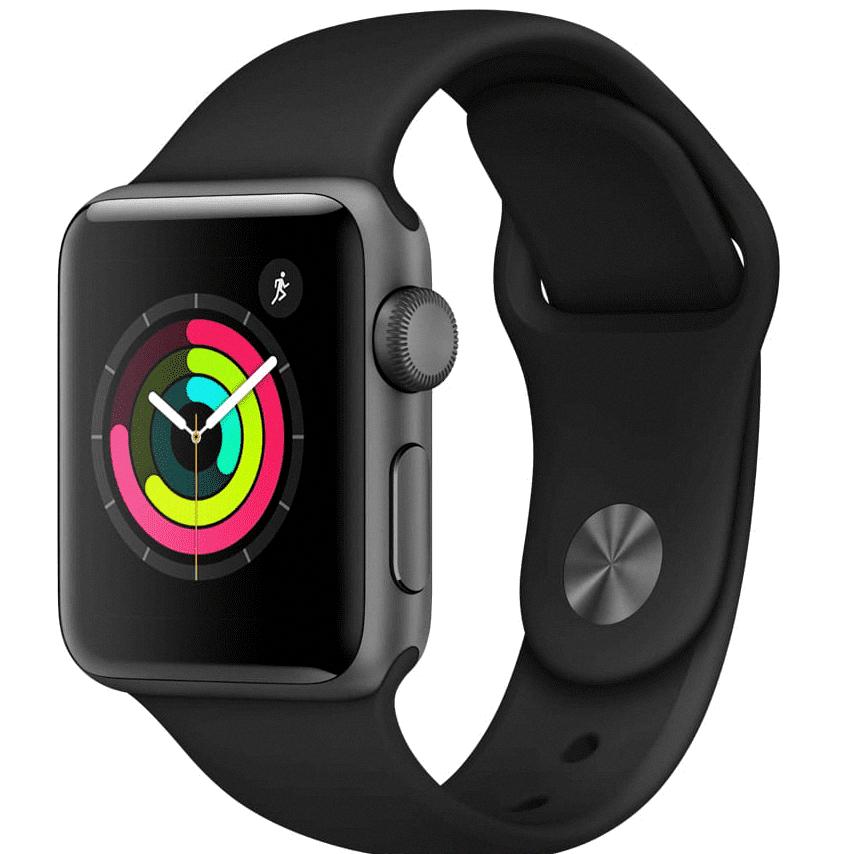
Source: walmart.com
Cleaning an Apple Watch Dial
To clean your Apple Watch dial, start by wiping it with a non-abrasive, lint-free cloth. You can lightly dampen the cloth with fresh water if needed to remove oily or sticky substances. Then, hold the watch under a lightly running tap of warm water for 10 to 15 seconds. Do not use any soap or other cleaning products as this can damage your watch. After you have cleaned your watch, let it air dry before wearing it again.
Causes of Stiffness in an Apple Watch Dial
If your Apple Watch dial is stiff, it could be caused by a build-up of debris or substances around the Digital Crown. This can prevent the Digital Crown from moving smoothly, making it difficult to rotate or use the dial. To fix this issue, you should turn off your Apple Watch and remove it from the charger. If you have a leather band, remove it from your Apple Watch as well. Then check for any debris and wipe down your Apple Watch with a soft, dry cloth. If you find substances around the Digital Crown, use a cotton swab dipped in rubbing alcohol to clean it and repeat as needed util the Digital Crown moves freely again.
Cleaning a Watch Dial
Yes, a watch dial can be cleaned. However, it is important to use extreme caution when doing so. The best way to clean a watch dial is by using a soft dial brush with a very mild detergent. This will gently remove any dirt or grime without damaging the lacquer. It is also important to avoid using any harsh chemicals, as they may cause damage and discoloration to the dial.

Source: apple.com
Conclusion
In conclusion, the best way to clean an Apple Watch dial that is sticky is to use a non-abrasive, lint-free cloth and lightly dampen it with fresh water. If needed, you can also submerge the watch in a lightly running tap of warm water for 10 to 15 seconds, but it is not recommended to use any soap or oter cleaning products on the watch. Keeping your Apple Watch clean will ensure it works correctly and extends its lifespan.






